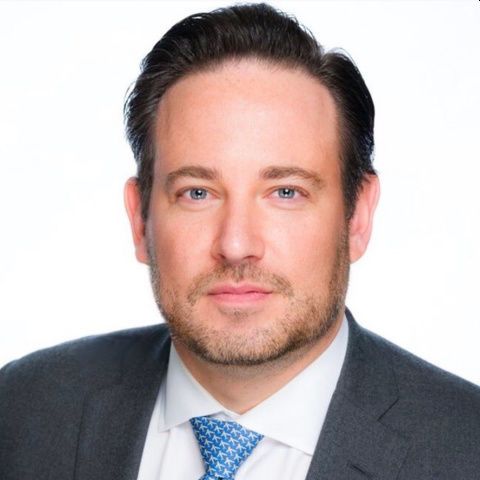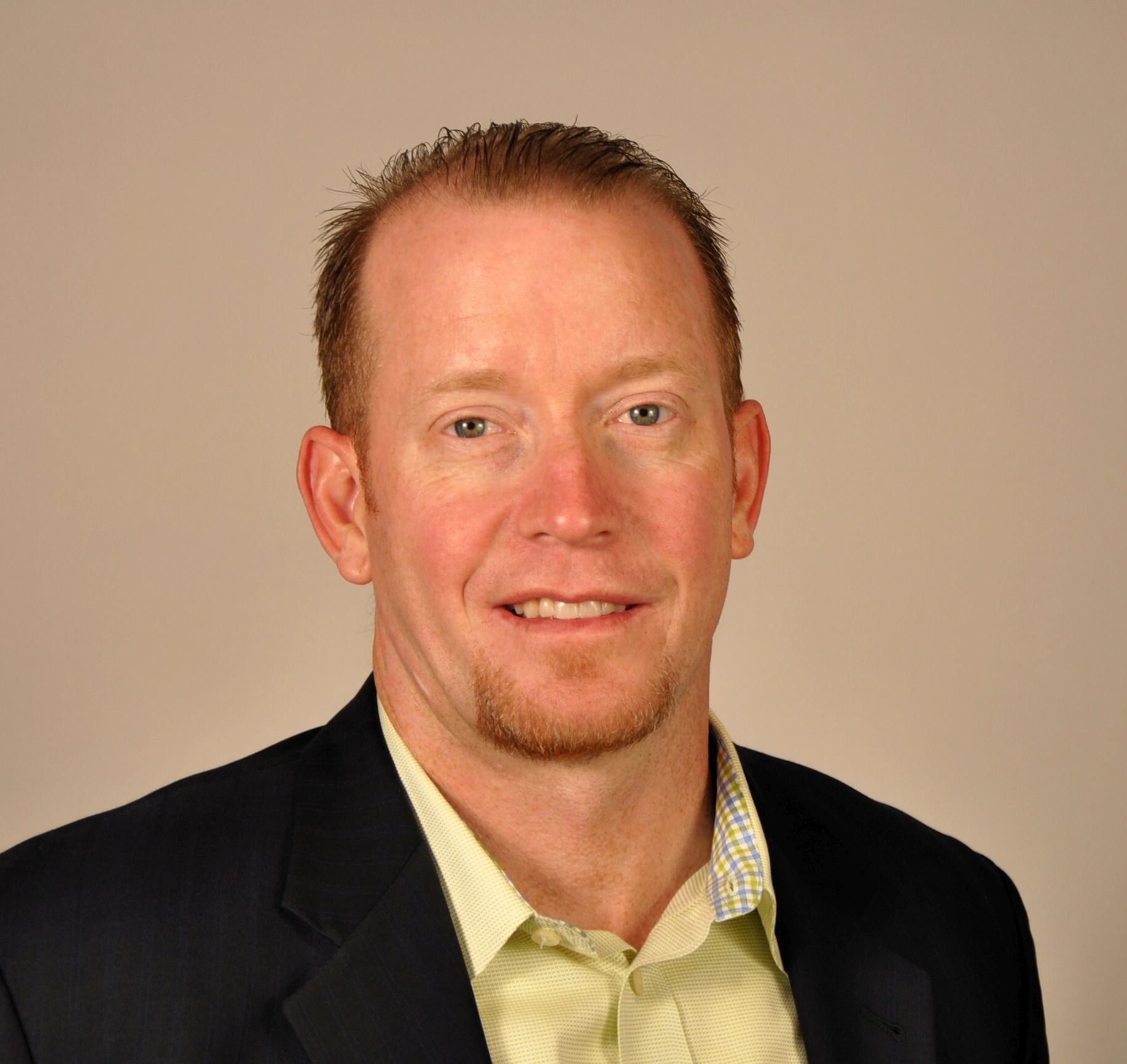
Nicholas O’Grady has served as Chief Executive Officer of Northern Oil and Gas Inc. (NYSE:NOG) since January 2020.

Neal Dingmann, Managing Director, Truist Securities
Northern Oil & Gas (NYSE:NOG), based in Minneapolis, Minnesota, finds a fierce advocate in Neal Dingmann.
Neal Dingmann is a Managing Director at Truist Securities covering companies in the E&P and oilfield services sectors.
Mr. Dingmann was recognized by The Wall Street Journal as “Best on the Street” and has been recognized as a “Home Run Hitter” by Institutional Investor magazine.
He has over 20 years of equity research experience.
In his 2,239 word interview, exclusively in the Wall Street Transcript, Neal Dingmann bangs the table for Northern Oil & Gas (NYSE:NOG), with a current divident yield of over 4%.
“One of my favorite small-cap E&Ps is Northern Oil & Gas (NYSE:NOG), which is based in Minneapolis, Minn.
The company is unique because they do not operate any of their own wells, rather it has what is called a “non-operated model.”
They find quality operators with attractive assets that can buy partial interests.
If they buy a 10% position of a well or play, they will pay 10% of all operating costs and participate in whatever cash flow the wells generate.
By having a non-operated model, Northern is able to have a more diverse asset base than other companies their size.
Currently, most of their assets are in the Williston basin in North Dakota with the second most assets in the Permian Basin and a small position in the Appalachian Basin.
What we like about Northern is the stock currently trades at a low multiple like most small-cap E&Ps, yet the company participates with many large operators who are able to keep costs lower.
Investors are able to get a little bit of the best of both the small-cap and large-cap worlds.
We forecast Northern will generate an approximate 32% FCF yield this year, which is the highest in my entire coverage group.
And because of the large operators they partner with, I would suggest that they have limited operating risk.”
Nicholas O’Grady has served as Chief Executive Officer of Northern Oil and Gas Inc. (NYSE:NOG) since January 2020.
Mr. O’Grady joined NOG in June 2018, previously serving as the company’s Chief Financial Officer.
He also held the title of President from September 2019 until his promotion to CEO.
Mr. O’Grady leads the NOG team in all aspects of the business, including acquisitions, investments, financial management and business strategy.
Over his tenure, the NOG team has executed on acquisitions and related financings worth billions of dollars.
Prior to NOG, Mr. O’Grady had nearly two decades in energy-related finance experience, both as an investment banker and as a principal investor.
Mr. O’Grady began his career in the Natural Resources investment banking group at Bank of America.
Later moving to the asset management business, he worked at firms such as Highbridge Capital Management.
Immediately prior to NOG, Mr. O’Grady worked at Hudson Bay Capital Management, where he focused on energy-related equities, public credit, and private and direct investments.
Mr. O’Grady holds a bachelor of arts in both history and economics from Bowdoin College in Brunswick, Maine.
In this 4,020 word interview, exclusively in the Wall Street Transcript, Mr. O’Grady explains the benefits of investing in his company.
“Northern Oil and Gas dates back to about 2006.
It was founded by a Montana land man and it was the first of its kind, a pioneer, in terms of buying non-operated interests in the Williston.
The company fell into some financial disarray in the late teens.
Over the last five or so years, my team and I have re-capitalized the balance sheet and diversified our non-operated interests across additional basins.
We own minority interests in approximately 8,300 wells across the Williston, the Permian and Marcellus basins.”
The CEO of Northern Oil and Gas details the company’s operating strategy.
“The typical block of land developed in oil and gas is about a two mile by two mile, or 1,280 acre, section of land that might encompass 100 different farms or ranches or even individual small plots of acres.
It’s effectively a grid drawn around these properties.
Most modern-style drilling is done horizontally.
Within that block of land, if a drilling rig is parked on it and drills those wells, it would be very difficult to know whose oil comes up because you’re not just drilling down into the earth on someone’s farm, you’re drilling across multiple farms.
To solve for the ownership issue, states have created a structure that is called forced pooling, where the mineral rights to those lands are either purchased or, mostly, leased by operating companies.
Rarely do those operators get 100% of the lands in any one given section.
In that 1,280-acre block, chances are the operator owns more than half the mineral rights, but it’s unlikely that they own them all.
The other participants are known as non-operators.
Let’s use an example where the operator owns 50%. When they go to drill the well, they bill out for half the cost to those other parties, the non-operators, and also provide half the revenues as well.
Those non-operator parties participate on a passive basis.
Northern Oil is dedicated to that non-operator strategy.
We buy a minority interest in those properties.
We don’t drill wells ourselves.
We have over 100 operators that we work with, but we generally buy small stakes in lots of different fields.
So, net to us, we have about 280,000 acres of land, but that’s over 1 million gross acres when you factor in that we’re a small participant in lots of operator properties.”
The Northern Oil and Gas Inc. (NYSE:NOG) CEO gets into the details of the process.
“…That structure is mandated by the states in which we operate through oil and gas laws dating back a century to protect those people who own the mineral rights.
Just because you own the land on the surface doesn’t mean you own what’s underneath it, but if you’re a farmer and you don’t want to sell your mineral rights to the person that’s going to be drilling over your leasehold, you should at least have the right to then participate pro rata.
Think of it as the difference between investing in an index fund for, say, the Russell 2000 and the Dow 30.
In the case of the Dow 30, you own a lot of a little as opposed to a little of a lot with the Russell 2000.
That strategy — a little of a lot — is a bit more diversified.
Obviously, having the right infrastructure to allow us to pursue this strategy is extremely important, otherwise it can be akin to organized chaos to some degree.
Importantly, we have an entire team of engineers that analyze each proposal we get to develop on our lands.
Each well is individually engineered to determine its economic viability.
When we enter into a transaction we have a consent right when a drill proposal or AFE is sent out for an individual well to say yes or no. We don’t have to participate in it. We can choose to participate or not.
The industry is extremely fragmented, however we are very active in managing our leaseholds.
For example, if we own 5% in an interest as a real property and title holder, we know who all of the owners in that given unit are.
They may be other operators that wound up with a sliver of land and didn’t get to the operable block, and they may not want to participate in someone else’s well — which creates an opportunity for us to potentially expand our ownership.
For instance, there might be land where both Chevron and Exxon have an interest with Chevron owning a minority non-operating interest. In this case Chevron might not be interested in giving Exxon money to drill wells.
They want to drill their own wells and so those interests generally are put to the market for sale.
If we already have the engineering and all that work done for that field, we can usually figure out very quickly what we would pay to acquire the additional interest.
You might think the operators would be the logical buyer of those non-operated interests, but remember because of that consent process, if we were to non-consent our well, the operator effectively gets that interest for free.
So they’re not necessarily that motivated to then go and pay up and buy the rest of their leasehold out.”
Get the complete picture of Northern Oil & Gas (NYSE:NOG), from reading the entire exclusive interviews with the Northern Oil & Gas CEO and the equity analyst specializing in the stock, only in the Wall Street Transcript.
Expert Nicholas Jansen from Raymond James & Company (NYSE:RJF) Reveals his Top Stock Picks
October 10, 2017
Expert Analyst John Benda of the National Securities Corporation Picks the Winners in Multifamily and Other REITs
August 14, 2017
Janney Montgomery Scott Award Winning Real Estate Expert Robert Stevenson Details Asset Value Direction for 2018 and Beyond
August 20, 2018
Raymond James [RJF] Expert Sees Alternative Energy Adoption Acceleration: Demand for Wind, Solar and Hydrogen Power
July 24, 2022